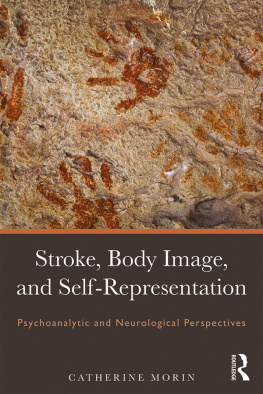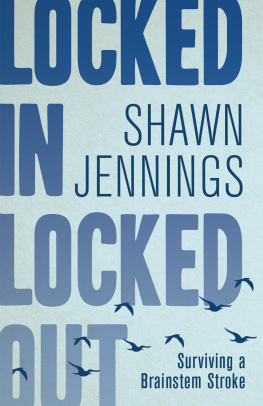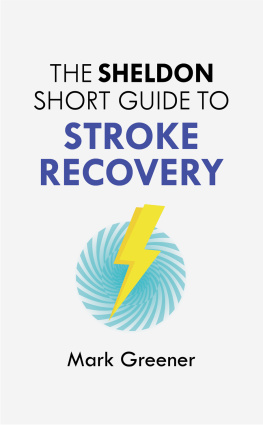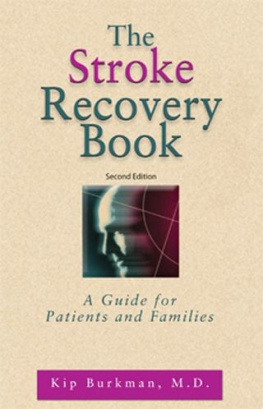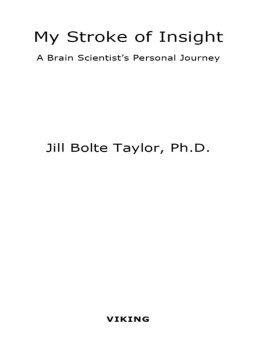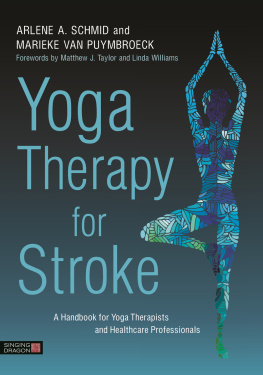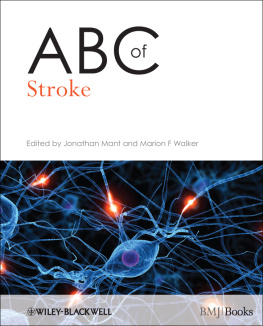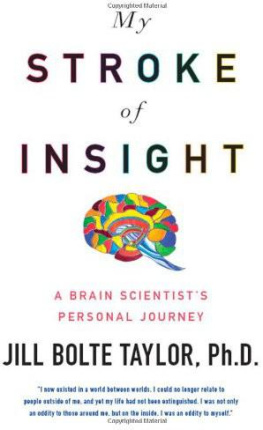First published 2018
by Routledge
2 Park Square, Milton Park, Abingdon, Oxon OX14 4RN
and by Routledge
711 Third Avenue, New York, NY 10017
Routledge is an imprint of the Taylor & Francis Group, an informa business
2018 Catherine Morin
The right of Catherine Morin to be identified as author of this work has been asserted by her in accordance with sections 77 and 78 of the Copyright, Designs and Patents Act 1988.
All rights reserved. No part of this book may be reprinted or reproduced or utilised in any form or by any electronic, mechanical, or other means, now known or hereafter invented, including photocopying and recording, or in any information storage or retrieval system, without permission in writing from the publishers.
This book is a translation of a work previously published in French as Schma corporel, image du corps, image spculaire: Neurologie et psychanalyse by ditions rs, 2013.
Translation into English by Kristina Valendinova and Catherine Morin
Trademark notice: Product or corporate names may be trademarks or registered trademarks, and are used only for identification and explanation without intent to infringe.
British Library Cataloguing-in-Publication Data
A catalogue record for this book is available from the British Library
Library of Congress Cataloging-in-Publication Data
A catalog record for this book has been requested
ISBN: 978-1-138-93365-1 (hbk)
ISBN: 978-1-138-93366-8 (pbk)
ISBN: 978-1-315-62201-9 (ebk)
Typeset in Times New Roman
by Apex CoVantage, LLC

It is difficult to imagine the experience of paralysis after stroke. To wake up after a sudden loss of consciousness, bedridden with little or no memory of how one got there, unable to feel or to move one side of the body, and therefore little able to move at all. To be returned to a state of utter dependence dominated by physical needs. To have no feeling from the paralysed side but, if the paralysed arm is placed across the body, to have the uncanny experience of ones own limb felt as a heavy immobile weight, sensed but not sensing, an object. Mr E Oh! All of a sudden you are in good health, [] you are normal, and then snap! suddenly your life is well thats why wrecks. Me, I say [we are] wrecks and I dont think Im wrong
All this would be difficult enough without the additional, specific cognitive and psychological sequelae that accompany a stroke to the right hemisphere: hemispatial neglect, anosognosia and its variants, delusions of misidentification and reduplicative paramnesia. These are some of the most puzzling and bewildering effects of neurological insult. They have been the subject of myriad experimental cognitive investigations and elaborate theoretical formulations, the most important of which are clearly and cogently summarised in this book. But however ingenious, no cognitivist approach has been able adequately to account for these frankly bizarre phenomenologies, let alone for the subjective experience of these patients.
Some theorists working on the border between neurology/neuroscience and psychoanalysis have recognised a psychical dimension to these phenomena, and have interpreted the patients utterances in keeping with traditional object relations theory as indicating repression with regression to primitive defences, denial, disavowal, splitting (for example, Solms and Kaplan-Solms in their Clinical Studies in Neuro-Psychoanalysis or Feinbergs work on what he calls neuropathologies of the self). But such readings imply normal psychic architecture, as though the neurological insult the patients have suffered were simply a trauma, like any other, to be responded to and understood in a similar way. In fact, as Catherine Morin demonstrates so clearly, the profound disruption to spatial cognition and consequent disturbance to body image suffered by right-hemisphere patients produce a much more fundamental disruption to psychic architecture, to the sense of self, than is predicated by these accounts. This foundering of subjectivity on neurological shoals is the focus of this remarkable book.
Drawing on evidence garnered over nearly 30 years, this work is richly embedded in multiple disciplinary strands: neurology and rehabilitation medicine, cognitive neuroscience, and linguistics, as well as psychoanalysis. Morin adds a new dimension both to the cognitivist investigations of these patients and to conventional object-relations oriented psychoanalytic accounts, by drawing on a particular aspect of Lacanian psychoanalytic theory Lacans mirror stage to ask what it is for a patient, a subject, to suffer these effects.
The patients experience is analysed through both their utterances and their drawings. Speech was elicited in interviews about what they had been through, and remarked in the course of medical consultations or treatment sessions. Their language is analysed both linguistically the use of pronouns, the position of the subject in relation to their speech and psychoanalytically. Form and content are both revealing. The patients were also asked to draw themselves; the same care and attention is paid to reading their self-portraits. The responses of patients with left hemisphere stroke or with paralysis but without brain injury are carefully reported, an essential backdrop to demonstrating the specificity of the right-hemisphere effects.
Incapable of understanding spatial relations, including the relations between their own body parts, and sometimes between their own body and those of others, the right-hemisphere patients seem not to occupy the same spatial dimension as their interlocutors. They do not initiate conversation but respond to questions as if from the recollected habits of daily life. They seem uninvolved in their own utterances, unengaged with those around them. Their pronominal world is altered, depersonalised: e.g. One becomes a bit like a child again . Their utterances seem to escape from an isolated psychic territory, a territory without spatial coordinates. The patients seem to inhabit a kind of Kleinian infant world of part objects, while the quality of their communication recalls Kleins description of schizoid patients in her Notes on Some Schizoid Mechanisms: their withdrawn, unemotional attitude. [A] kind of detached hostility which pervades the whole relation to the (other). The patient feels estranged and far away, and this feeling corresponds to the impression that considerable parts of the patients personality and of his emotions are not available.
Their speech indicates an intricate interplay between body, cognition and psyche. It is not that an undamaged body, as such, is essential to the structure of the psyche; rather what is necessary is an intact body schema which relies on a representation of the bodys intra and extra corporeal spatiality mediated through the specular image, which brings together the real body, its imaginary form, and its symbolic designation.
Seen through this lens of its fragmentation, it becomes clear that the mirror stage is not just a developmental moment to be passed through. Rather the specular image that it instantiates is constantly re-instated by lived experience, something of which we may only otherwise become aware in those transient moments in which we fail momentarily to recognise our own reflections. When the brain is damaged in such a way that the cognitive spatial representation of the body disintegrates, as it does in these right-hemisphere patients, so too does the psychic structure that constitutes a sense of self. What their utterances signify is not repression as more conventional psychodynamic accounts imply but precisely the opposite: what the patients give voice to is something that would normally be repressed but now is not.

